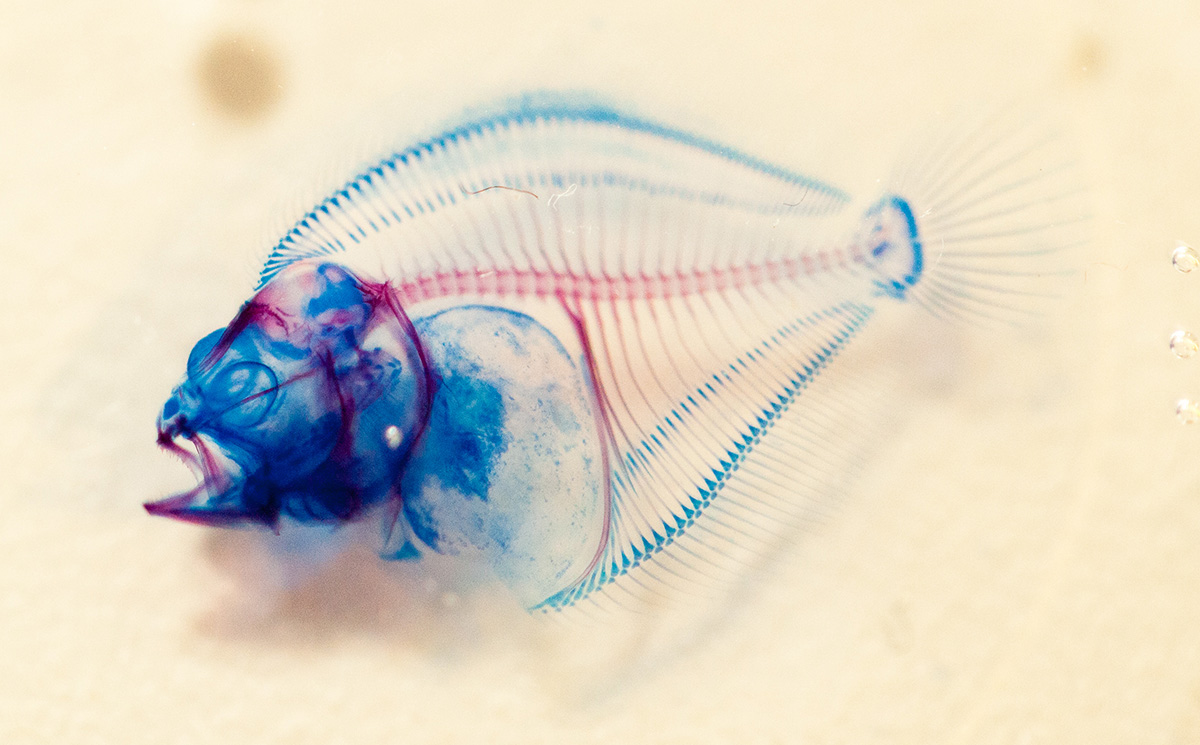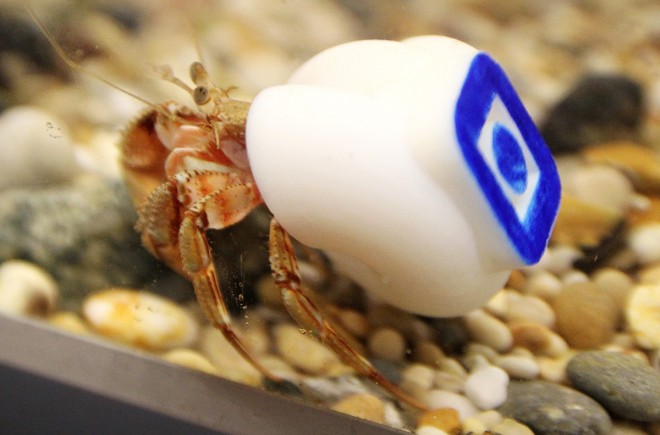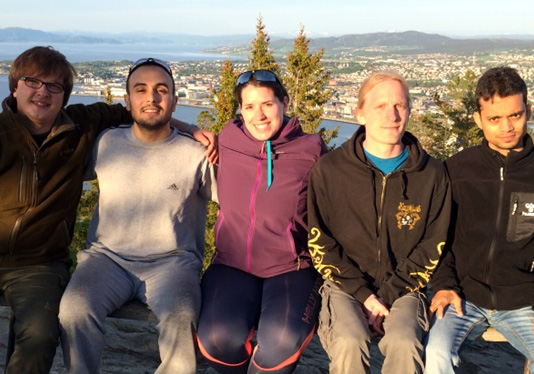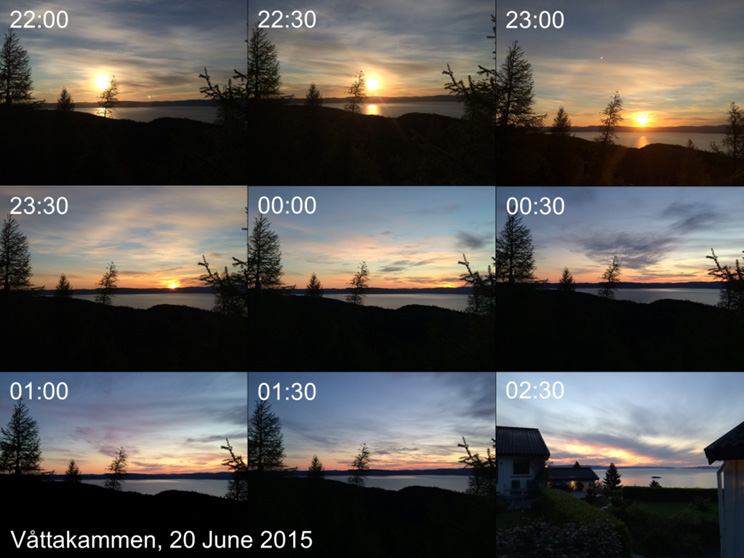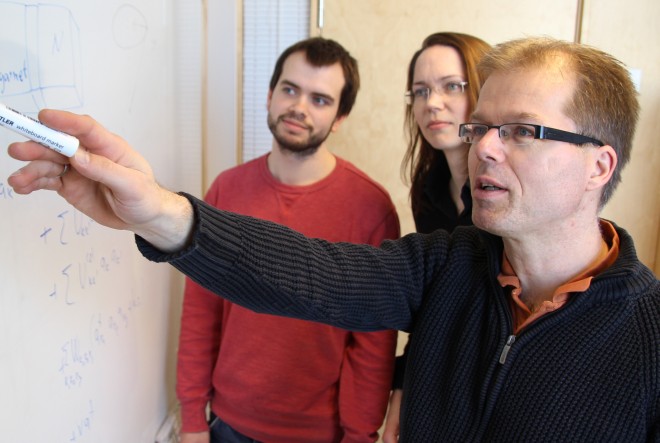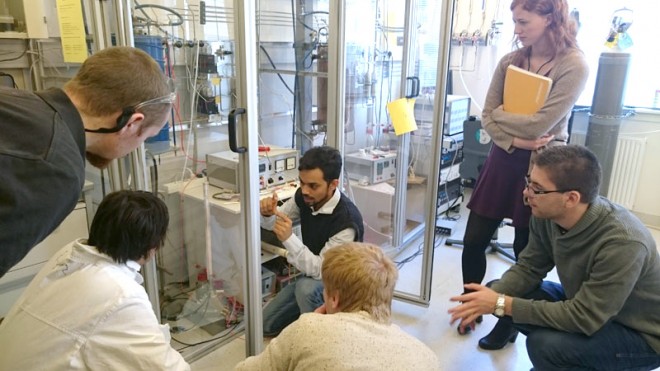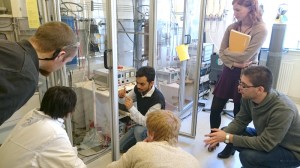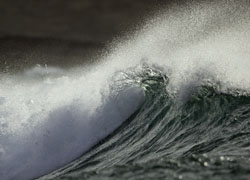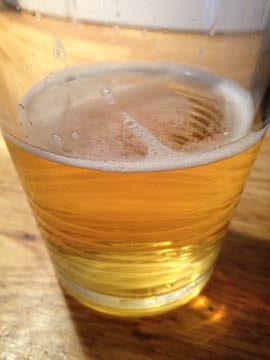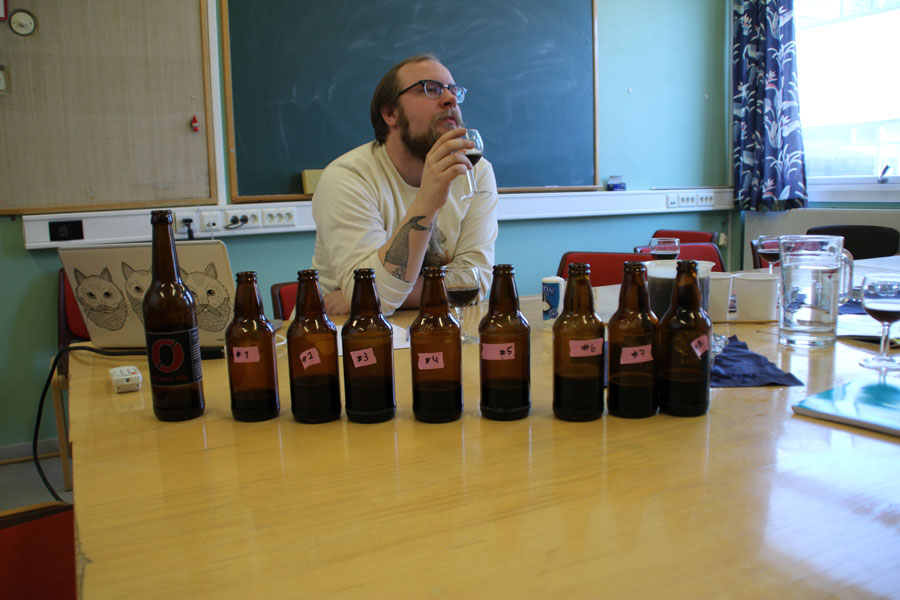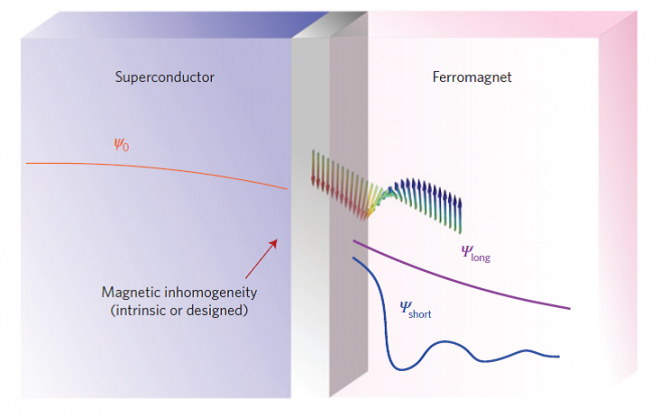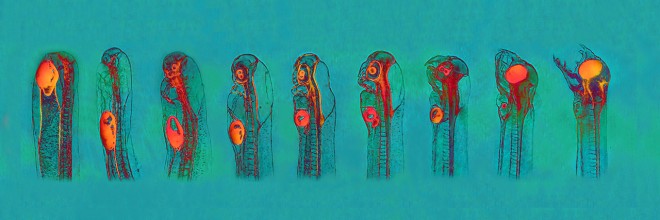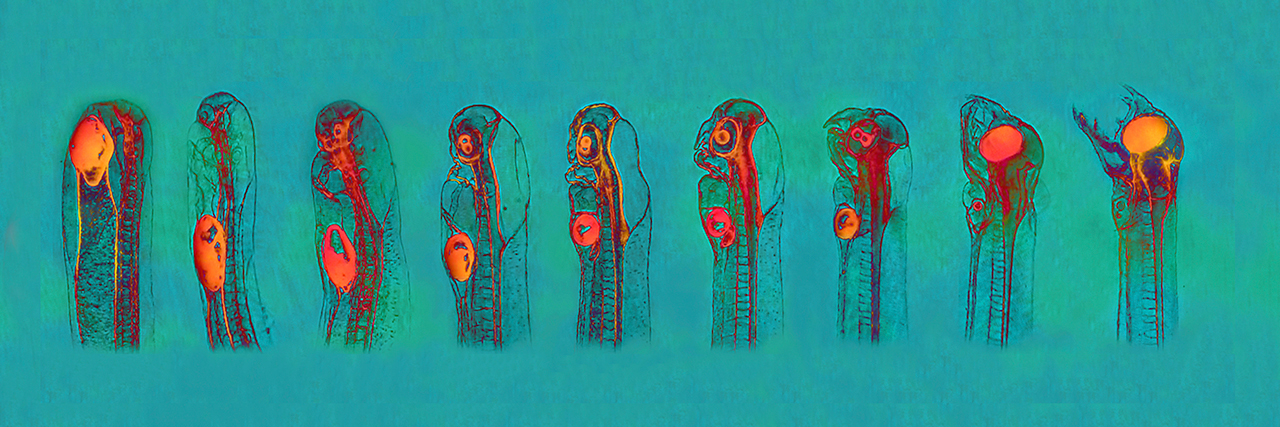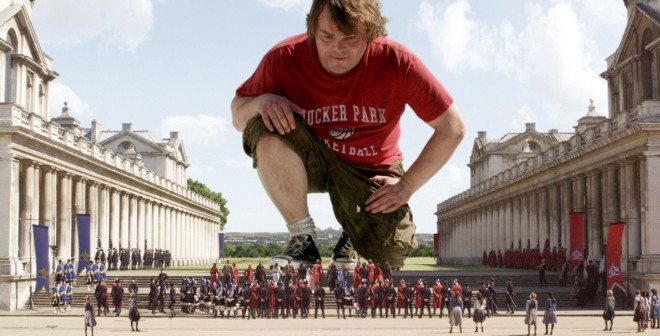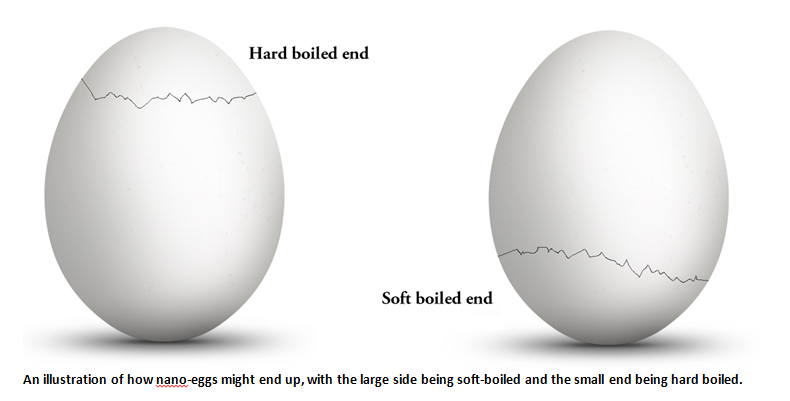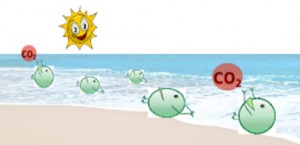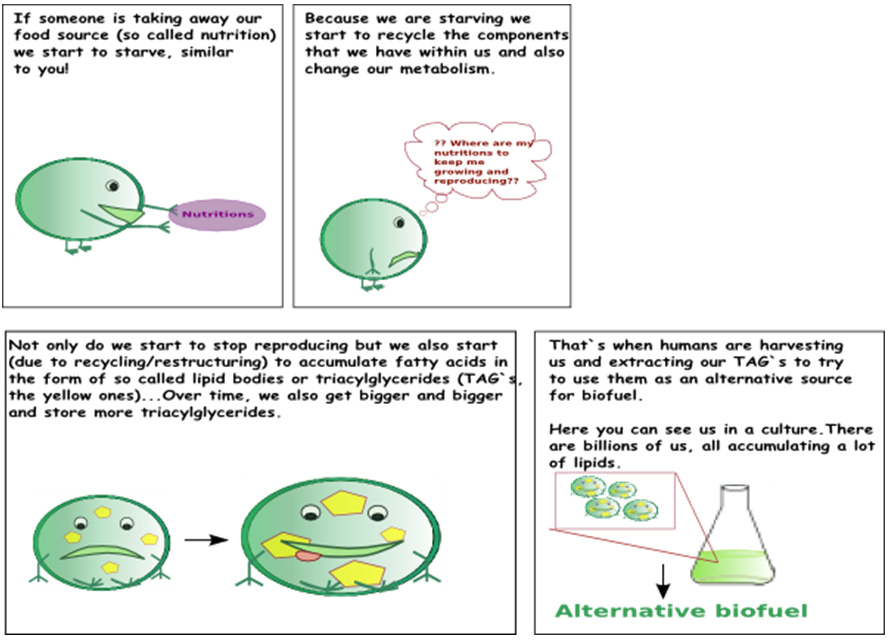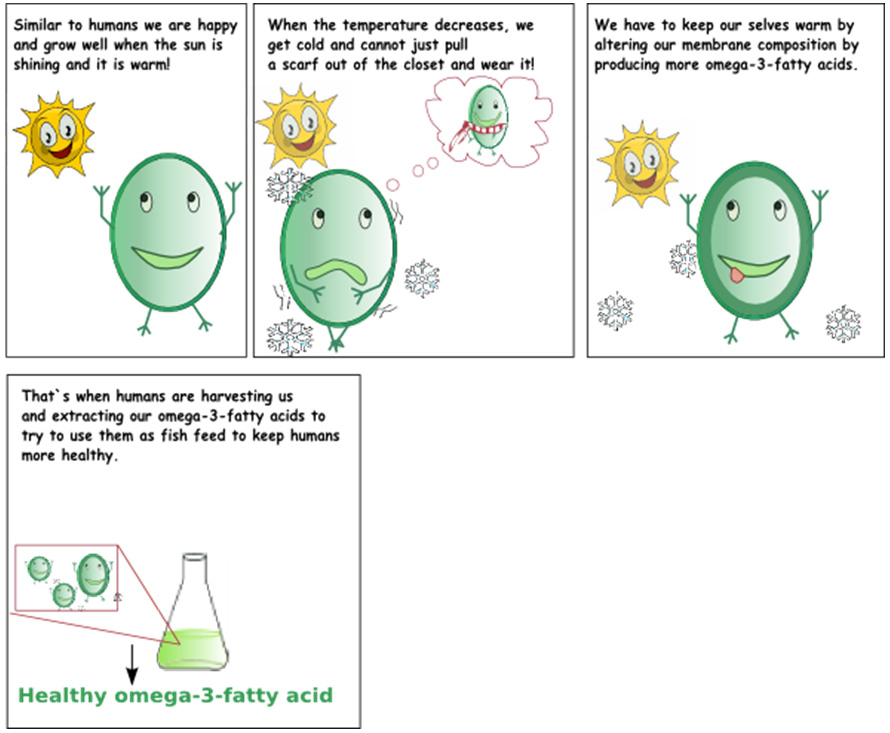New and enhanced effects in spintronics emerge when using superconducting materials. The right combination of materials that merge superconductivity and spintronics creates, for instance, a flow of spins that has zero resistance. This could eventually lead to new types of functionality in low-temperature technology.
Whereas electronics is the foundation for modern technology, the field of spintronics (or spin-dependent electronics) has in the recent decades proven to hold a real potential for generating technological advancements that may not only complement, but even replace conventional semiconductor-transistor based devices. The giant magnetoresistance effect is one of the most well-known direct implementation of spintronics in everyday appliances, in this particular case pertaining to harddrive technology and magnetic random access memory.
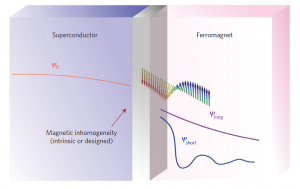
Superconductivity and magnetic order
The general objective of spintronics is to find ways to generate, manipulate, and detect spin flow. At first glance, spintronics might seem completely incompatible with superconducting order since superconductors in general expel magnetic fields and are comprised of spinless Cooper pairs as the fundamental building block.
Remarkably, it turns out that superconductivity can adapt to the presence of magnetic order by creating an unusual type of spin-polarized superconductivity. This type of pairing is robust not only toward impurity scattering, but also toward the paramagnetic limitation of a magnetic field.
As shown by the illustration above: When a superconductor is placed in proximity to a magnetic material, superconducting correlations will leak into the ferromagnet due to quantum mechanical tunneling. These correlations typically decay very quickly inside the ferromagnet. However, when there exists a magnetic inhomogeneity such as a domain wall near the interface, a new type of spin-polarized superconductivity emerges which can survive in the ferromagnet over very large distances.
Merging superconductivity and spintronics
Now, traditional studies that combine spintronics and superconductivity have mainly investigated injection of spin-polarized quasiparticles into superconductors. However, a synergy between superconducting and magnetic material turns out to be possible through the creation of spin-polarized superconductivity, as described above. This type of superconductivity can arise at carefully engineered superconductor interfaces with ferromagnetic materials.
There is presently intense activity focused on identifying materials combinations that merge superconductivity and spintronics to enhance device performance or even create new types of functionality. The results look very promising. It has been shown, for example, that superconducting order can strongly improve central effects in spintronics such as magnetoresistance and spin injection.

New possibilities
The intersection between superconductivity and magnetism represents an exciting research arena. On the one hand, it hosts very rich fundamental quantum physics – on the other hand, it also holds the potential for creating novel types of quantum-based technology in low temperature nanoelectronics.
The illustration a) shows a schematic overview of different ways to use superconducting spintronics, both in equilibrium and non-equilibrium. Different types of common experimental setups are depicted in b)-d).
Publication
In a recent publication in Nature Physics, me and my colleague Jason W. Robinson (Cambridge University) discuss how spintronics effects can be improved when using superconducting materials:
Superconducting spintronics. J. Linder & J. W. A. Robinson, Nature Physics 11, 307–315 (2015) doi:10.1038/nphys3242.
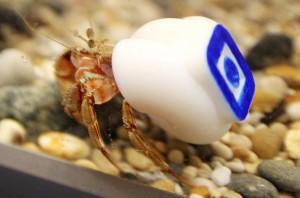 The demand for seafood is growing, and the Norwegian goal is to become the world’s main seafood nation.
The demand for seafood is growing, and the Norwegian goal is to become the world’s main seafood nation.